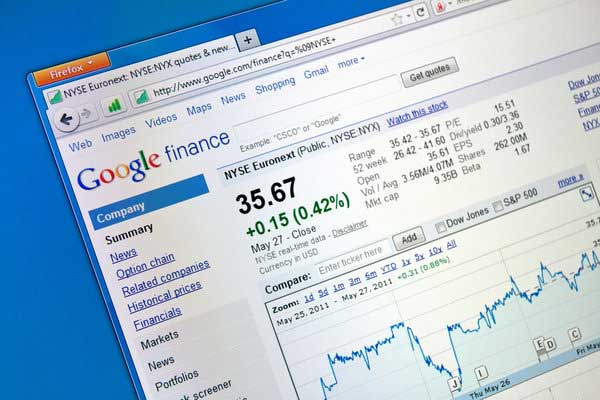In the early days of cloud computing, Google struggled to gain a foothold. Back in 2008, Google launched App Engine as an attempt to allow developers to easily leverage Google’s infrastructure to deploy websites and web applications. Initially, App Engine seemed promising – garnering 20,000 developers in the first month and adding paid tiers within a year. However, developers soon soured on App Engine. Despite being easy to use and cheap, App Engine was too restrictive. It lacked customizability and scalability for production applications. Google’s consumer-focused approach failed to resonate with enterprise customers. Meanwhile, Amazon Web Services (AWS) was taking off. The flexibility and performance of AWS appealed to developers, even if it meant more complexity. By 2014, AWS was the undisputed leader in cloud computing. Frustrated, Google tried buying its way into the market by acquiring smaller cloud companies and slashing prices by 30-85%. But enterprise customers remained loyal to AWS and increasingly Microsoft Azure. Google was bleeding billions per year on its cloud efforts with little to show for it.

The Kurian Turnaround
In 2019, Google pulled off a coup by hiring Oracle executive Thomas Kurian as head of Google Cloud. Kurian’s enterprise experience was exactly what Google Cloud needed. He shifted the focus from a “technology” mindset to a “solutions” mindset. Instead of leading with technical sophistication, the goal became listening to customers and delivering straightforward, reliable solutions. Strategic acquisitions like Looker and Mandiant bolstered Google Cloud’s data analytics and security expertise respectively. Meanwhile, Kurian identified “open source cloud” as a key differentiator from AWS and Azure. Forging partnerships with open-source platforms like MongoDB gave developers the flexibility they craved on top of the scalability of Google’s infrastructure. These changes finally kicked Google Cloud into high gear. Within a few years, Google Cloud scored marquee customers like Coinbase, Ford, and Deutsche Bank. Google Cloud now accounts for a quarter of Google’s workforce and is even growing faster than Google’s advertising business.
The Road Ahead for Google
While Google Cloud seems to have finally cracked the enterprise market, Google faces headwinds in the consumer space. Many core products like Chrome, Android, and YouTube are losing steam. New consumer offerings like Stadia and Pixel have floundered. But with cloud revenue surging, Google has a blueprint to transform itself into an enterprise force akin to Microsoft. Consumer perceptions seem to matter less in the world of business software and services. It’s a pivotal moment for Google. The dominance of Search, Gmail, and other consumer hits may be waning. But by doubling down on cloud, Google can thrive for decades as a crucial enterprise vendor. The cloud is the future of Google.
The Declining Accuracy of ChatGPT
Speaking of overhyped AI products, ChatGPT’s initial burst of popularity led many to proclaim it could replace Google Search. But behind the buzz, ChatGPT’s accuracy issues are becoming more apparent. Without explicit human training, ChatGPT often generates convincing but false information. It represents an impressive leap in conversational AI but lacks the rigor of a true research assistant. While ChatGPT may point towards the future, it still has a long way to go before matching Google’s knowledge graph.
